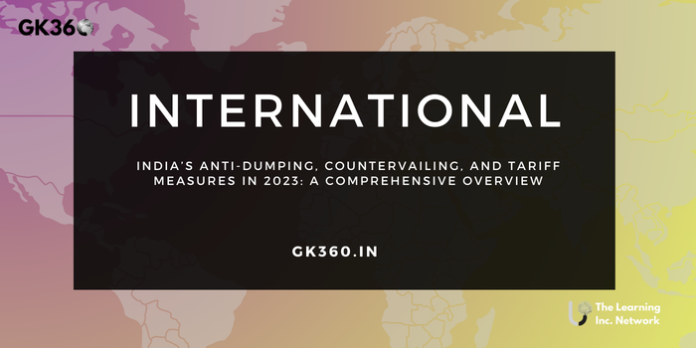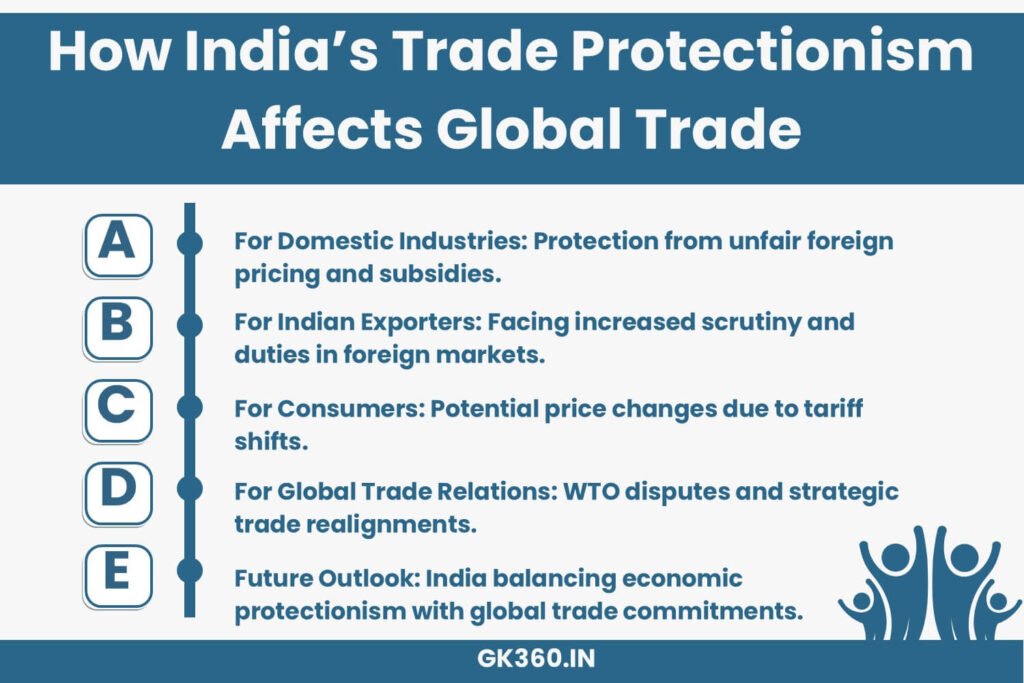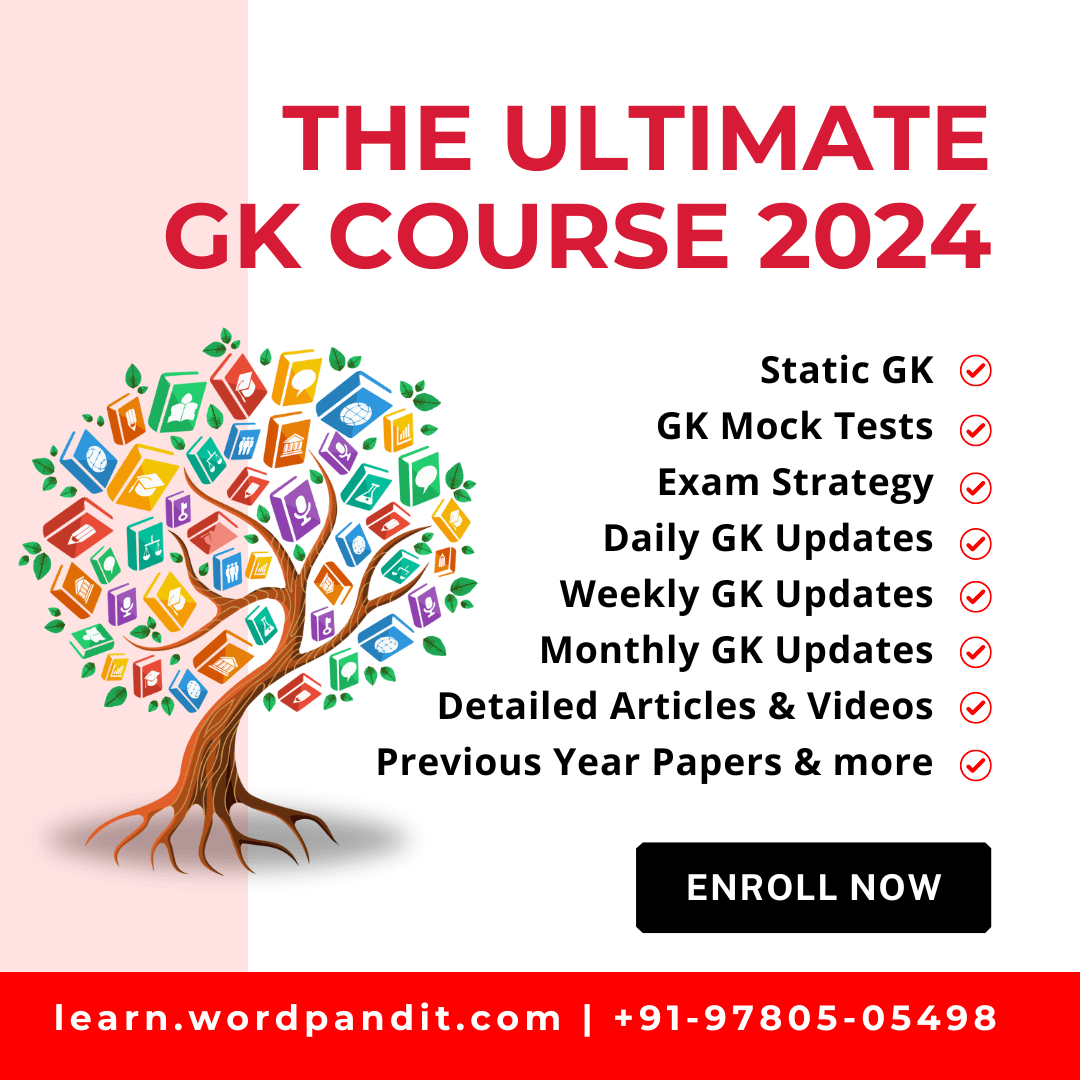India’s Trade Protectionism in 2023: Anti-Dumping, Countervailing, and Tariff Measures Explained
Introduction
In 2023, India continued to assert its stance on trade protectionism through robust anti-dumping, countervailing, and tariff measures. These strategies, aimed at safeguarding domestic industries and balancing international trade dynamics, reflect India’s evolving role in the global economic landscape. This article delves into the specifics of India’s trade policies in 2023, highlighting key statistics, impacts on exporters, and broader implications for global trade relations.

Table of Contents
- India’s Anti-Dumping Measures in 2023
- Countervailing Duties and Their Impact
- Tariff Adjustments: Key Changes and Trends
- India’s Global Trade Relations and WTO Commitments
- Conclusion: Balancing Protectionism and Global Trade
- FAQs
- Conclusion
India’s Anti-Dumping Measures in 2023
India ranked second globally, following the United States, in initiating and imposing anti-dumping duties in 2023. The country launched 45 anti-dumping investigations and imposed duties in 14 cases, affecting a total of 133 measures across 418 products. These duties aim to protect domestic industries from foreign goods sold below their normal value, leveling the playing field and preventing economic harm to Indian manufacturers.
As an exporter, India faced 11 anti-dumping investigations and had duties imposed in 8 cases during the year. This dual role reflects the complexities of India’s trade relationships and the competitive pressures faced by its industries.
Countervailing Duties and Their Impact
In response to subsidies provided by foreign governments, India initiated 3 countervailing investigations in 2023 and imposed duties in all 3 cases, impacting 17 measures across 28 products. These duties prevent unfair advantages for foreign competitors and support domestic manufacturers.
Conversely, India faced 4 countervailing duty investigations and had duties imposed in 3 cases, highlighting its proactive stance against unfair trade practices while also being subject to scrutiny in global markets.
Tariff Adjustments: Key Changes and Trends
India’s tariff policies saw notable shifts in 2023:
- The average tariff rate decreased marginally to 17% from 18.1% in 2022.
- Non-agricultural imports saw a reduction to 13.5% from 14.7%, lowering industrial input costs.
- Agriculture tariffs decreased slightly to 39%, but the trade-weighted average agriculture tariffs rose to 65% from 48.5%, balancing protection for farmers with food security needs.
- India’s bound tariff rates, as agreed under WTO commitments, remain at 50.8% on average, with agriculture at 113.1% and non-agriculture at 36.0%.
India’s Global Trade Relations and WTO Commitments
India’s trade policy decisions in 2023 must be understood within a broader global context of economic interdependence and geopolitical dynamics. As a key player in international trade forums, including the WTO, India’s policies shape regional and global trade flows. The 2024 World Tariff Profiles, published by the WTO, ITC, and UNCTAD, provides insights into India’s tariff structures and trade strategies.
Conclusion: Balancing Protectionism and Global Trade
India’s anti-dumping, countervailing, and tariff measures in 2023 reflect its commitment to safeguarding domestic industries while adapting to global economic shifts. As the country balances protectionism with the imperatives of global integration, stakeholders worldwide monitor these policies for their implications on market access, competitiveness, and economic stability.
For more in-depth analysis and updates on India’s trade policies and global economic trends, visit GK360.in. Stay informed about the evolving landscape of international trade and its impact on India’s economy and beyond.
FAQs
1. Why does India impose anti-dumping duties?
India imposes anti-dumping duties to protect domestic industries from foreign goods sold below their fair market value, ensuring fair competition.
2. How do tariff changes affect Indian exporters?
Lower tariffs on non-agricultural imports reduce production costs, while adjustments in agricultural tariffs help balance food security and farmer protection.
3. What industries are most impacted by countervailing duties?
Industries such as steel, textiles, and chemicals are significantly affected by countervailing duties due to heavy competition and subsidy disputes.
4. How does India’s trade policy align with WTO regulations?
India adheres to WTO commitments on bound tariffs and dispute resolutions, while strategically using trade remedies to protect its interests.
5. Will India’s protectionist stance change in 2024?
While India may continue using trade remedies, ongoing WTO negotiations and economic shifts will likely influence future tariff and trade policies.
Conclusion
India’s trade protectionism strategy in 2023 highlights its commitment to strengthening domestic industries while navigating the complexities of global trade. The balance between imposing trade restrictions and encouraging market competitiveness remains crucial for sustained economic growth. As India moves forward, it will need to adapt its trade policies in response to global economic trends, WTO negotiations, and industry needs.
Key Takeaways Table
| Aspect | Details |
|---|---|
| Anti-Dumping Measures | 45 cases initiated, 14 duties imposed, impacting 418 products. |
| Countervailing Duties | 3 cases initiated, duties imposed on 28 products. |
| Tariff Adjustments | Average tariff rate reduced to 17%, non-agriculture tariffs 13.5%, agriculture tariffs trade-weighted 65%. |
| India as an Exporter | Faced 11 anti-dumping and 4 countervailing investigations globally. |
| WTO Compliance | Bound tariff rate 50.8%, agriculture 113.1%, non-agriculture 36.0%. |
| Future Trade Policy Outlook | Balancing domestic protectionism with global trade partnerships and WTO commitments. |
Related Terms:
- India trade protectionism 2023
- India anti-dumping duties WTO
- India tariff adjustments 2023
- Countervailing duties India trade
- WTO trade policy India
- India global trade relations 2023
- Impact of India’s tariffs on exports
- India’s economic protectionism strategies
- India trade policy vs global markets
- Future of India’s trade protection measures






